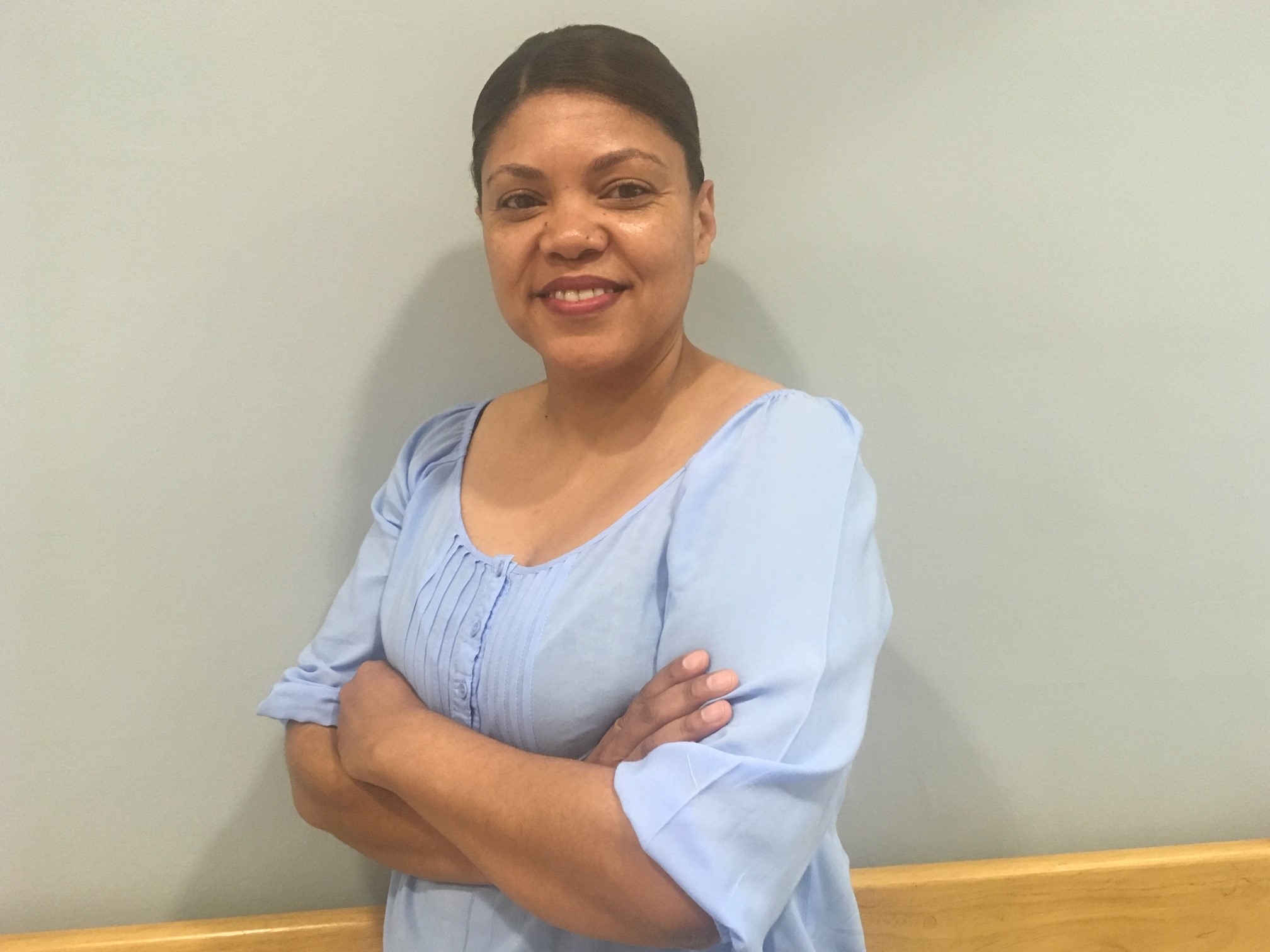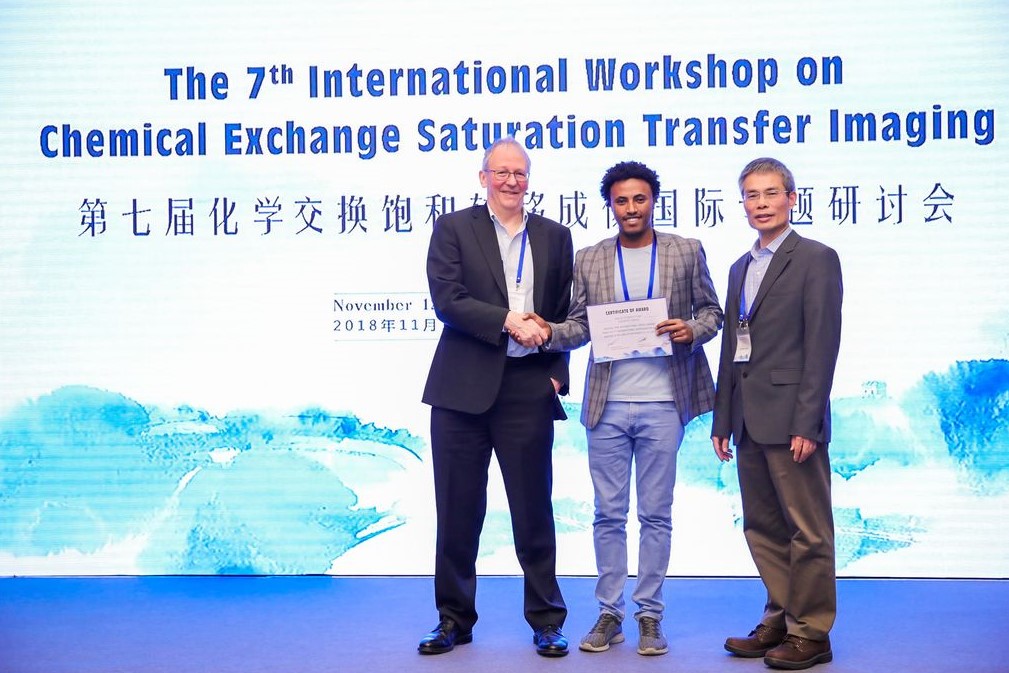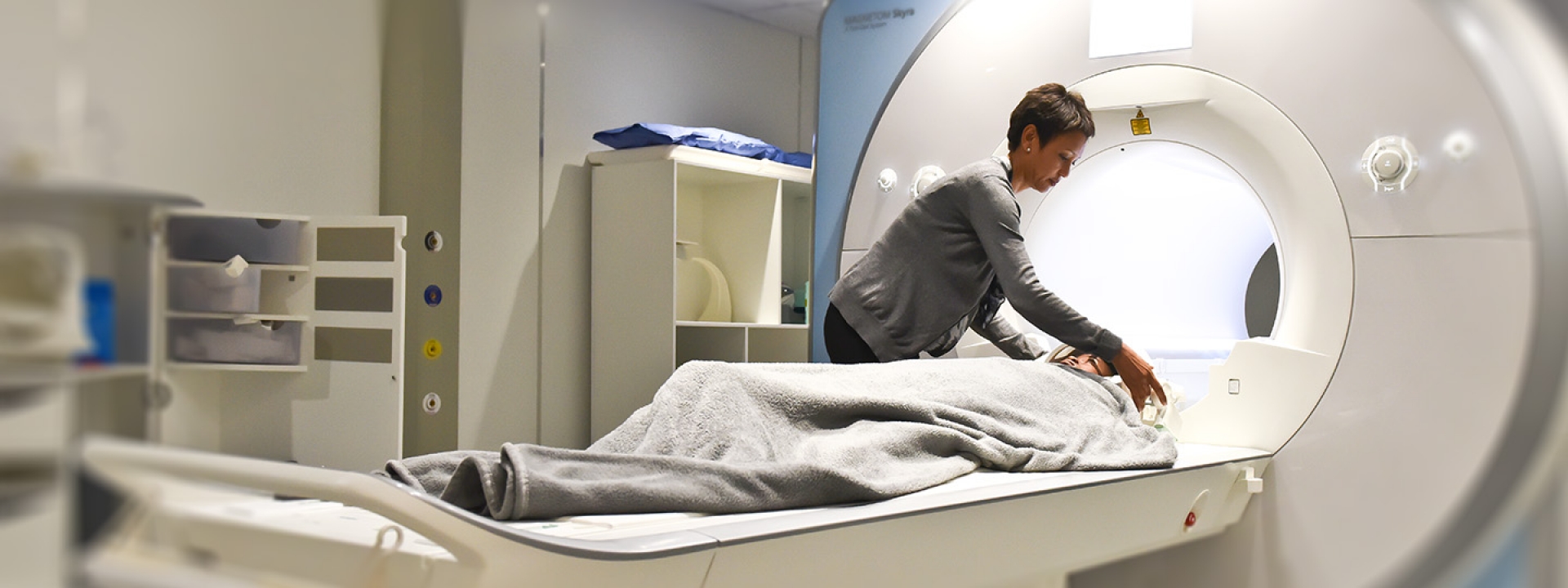
Volume 1: Issue 1 April 2019
CUBIC represented at 22nd SCMR Scientific Sessions
Principal Technical Officer, Petty Samuels and Research Fellow, Stephen Jermy attended and presented at the Society for Cardio Vascular Magnetic Resonance (SCMR) 22nd Annual Scientific Sessions hosted in Bellevue, Seattle in the USA earlier this year.
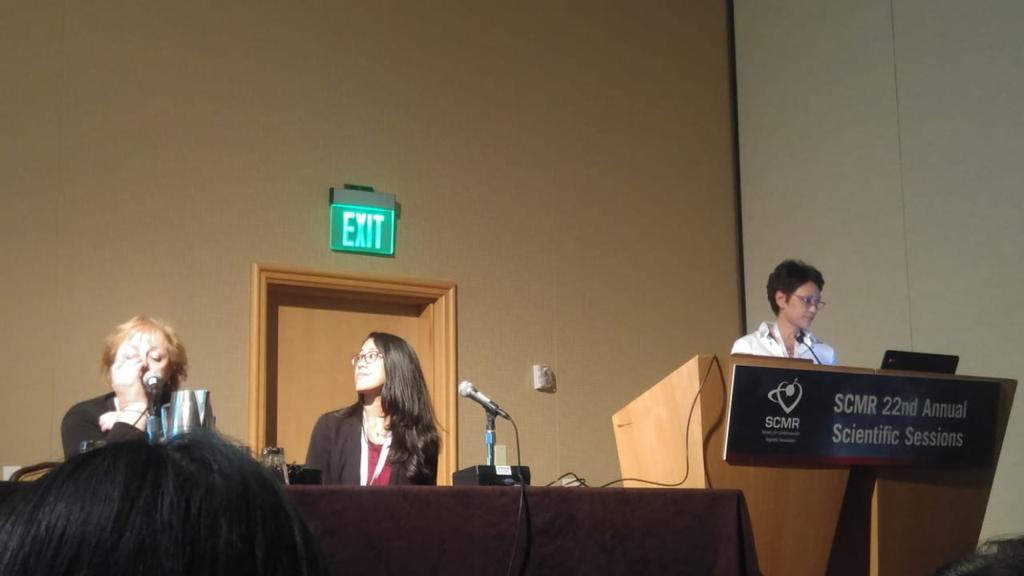
Petty shared the platform with 5 other female professionals at the Women in CMR session. Here the discussion was aimed at highlighting the different perspectives of women in CMR with a particular focus on issues such as:-
1) How you got to be where you are?
2) The challenges facing women in CMR
3) Gender specific issues experienced
4) Your current role
"Overall it was agreed that the challenges for women in CMR are neither country nor continent specific. The CMR sector is dominated by male medical professionals which makes it so much harder for females in the sector to earn the same recognition as their male colleagues do. We can however pride ourselves knowing that South Africa is quite liberal about promoting women's rights in the workplace," Petty said.
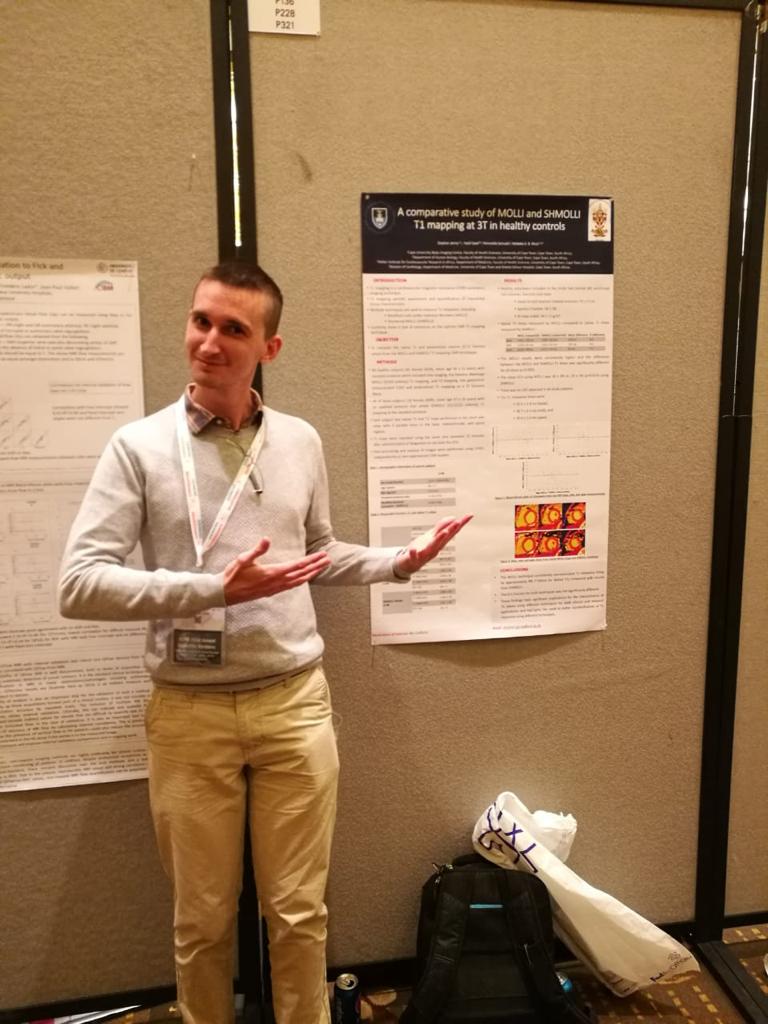
A comparative study of MOLLI and SHMOLLI T1 mapping at 3T in healthy controls
Stephen Jermy1,2; Hadil Saad3,4; Petronella Samuels1; Ntobeko A. B. Ntusi1,3,4
Background: T1 mapping is a cardiovascular magnetic resonance (CMR) parametric imaging technique that permits assessment and quantification of myocardial tissue characteristics. Multiple techniques are used to measure T1 relaxation, including Modified Look Locker Inversion Recovery (MOLLI) and Shortened MOLLI (ShMOLLI). Currently, there is lack of consensus on the optimal CMR T1 mapping technique.
Gizeaddis Simegn honoured at 7th International Workshop on CEST Imaging
Phd candidate in biomedical engineering, Gizeaddis Simegn, recently published some of his research in Magnetic Resonance in Medicine.
Gize worked on improving an exciting MRI technique called Chemical Exchange Saturation Transfer (CEST) that can produce images of the concentrations of certain metabolites. However, like other spectroscopic techniques CEST is very sensitive to motion as well as magnetic field variations. In his paper, Gize describes a new method to overcome these limitations of CEST so as to be able to detect glycogen in human muscle more reliably.
Click on the image to find out more.
Working towards plug and play prospective motion correction
Adam van Niekerk, a post-doctoral research fellow currently doing research at CUBIC, has been developing a small wireless device that can be attached to a subject for prospective motion correction.
A detailed description of the device, known as WRAD - Wireless Radiofrequency triggered Acquisition Device - was published in IEEE's transactions in medical imaging early this January.
The device can be used in an unmodified scanner (no wires), because it automatically detects and records the activations of the scanner's gradients. These signals are used to rapidly - less than 1 ms - quantify the subject's pose to a high degree of accuracy without any (tedious) calibration.
His first in vivo results show dramatic improvements in image quality for typical subject motion. Interestingly, a notable improvement in image quality was recorded for cooperative subjects, highlighting the importance of correcting small involuntary motion.
This is caused by muscle relaxation, slow recovery of the padded cushions and physiological motion - heartbeat and breathing. These results are currently under review and will hopefully be published early this year. He will also be presenting some of these ideas at the 27th Annual Meeting of the ISMRM in Montreal in May.
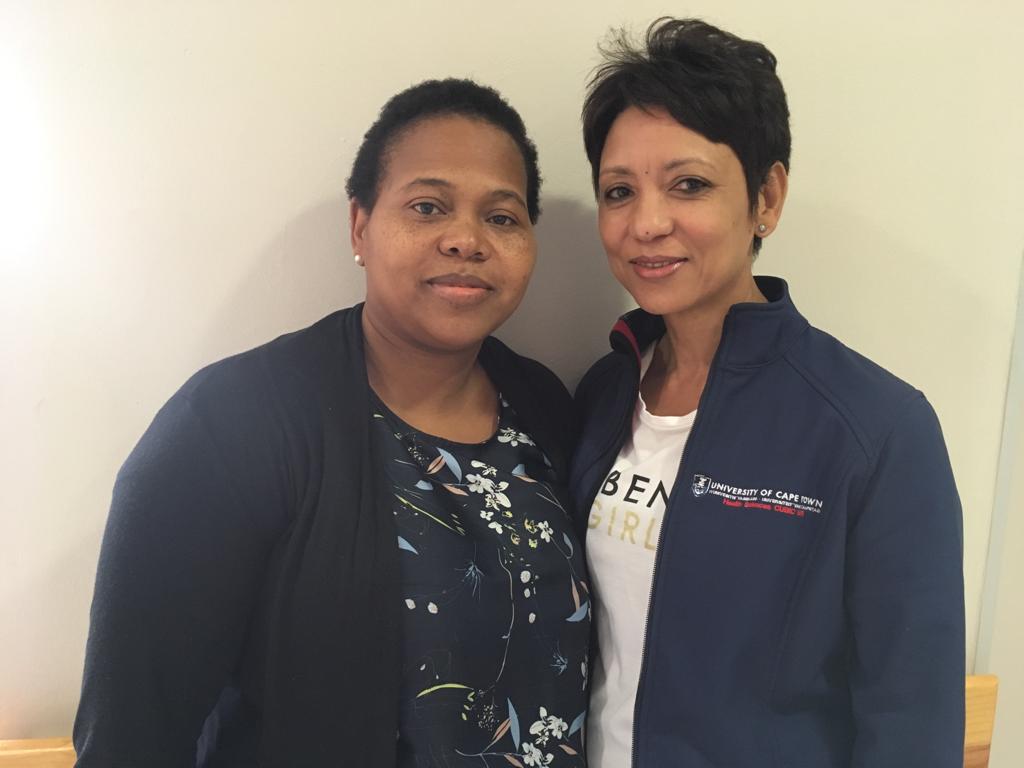
CUBIC Radiographers Mazwi Maishi and Petty Samuels are looking forward to their upcoming trip to Montreal Canada later this year to attend the 28th Annual Meeting of the Society of MR Radiographers and Technologists (SMRT) where they will both present and receive awards for their individual submissions.
Petty received 2nd Prize in the Clinical Focus Category for her abstract submission "Using Selective Active Shimming to Reduce Main Magnetic Field Inhomogeneities Eliminates Off-resonance Artefacts in bSSFP Sequence in CMR Applications".
Mazwi received 2nd Prize in the Research Focus Category for her abstract submission "Larger Outer Volume Suppression (OVS) Slabs Reduce SNR and Metabolite Concentration Estimates in Single Voxel Spectroscopy (SVS)".
Well done and huge congratulations to both Mazwi and Petty for flying the CUBIC flag high!

Several students in the division of biomedical engineering also had their abstrancts accepted for presentation at the annual meeting of the International Society of Magnetic Resonance in Medicine (ISMRM 2019) to be held in Montreal in May.
JP Jordaan and Amy Graham will present their respective research on acoustic noise reduction and neurometabolic consequences of perinatal HIV infection. Stephen Jermy's abstract "Towards robust free-breathing cardiac DTI" was selected for a Power Pitch presentation, designed to give maximum exposure to the most interesting abstracts at the meeting.
And Adam van Niekerk will give an oral presentation, titled "Prospective motion correction using a wireless device that combines vector observations of the static magnetic field and the rate of change of the gradient field."
Stephen Jermy received the prestigious Zavoisky stipend, and both Adam and JP were awarded ISMRM Trainee stipends. Congratulations to all three of them!
Also, we just heard earlier this week that postdoctoral fellow, Dr Fleur Warton, received the 2019 Tim Cudd Award from the Fetal Alcohol Spectrum Disorders Study Group (FASDSG) of the Research Society on Alcoholism for the highest ranking abstract submitted to the study group this year. She will travel to Minneapolis in June to receive her award and present her paper entitled: "Maternal Choline Supplement During Pregnancy Is Associated With Larger Corpus Callosal Areas In Newborns With Heavy Prenatal Alcohol Exposure".
Getting to know Mariaan Jaftha
Mariaan completed a Diploma in Radiography at the Cape Peninsula University of Technology in 1999. On completion of her studies, she spent 2 years working at New Somerset Hospital before embarking on her then, biggest adventure - 12 years in the United Kingdom.
"I started my MRI training in 2002 and fell in love immediately. My initial training was on a Phillips machine and in subsequent years I have been afforded the opportunity to train on both the GE and Siemens platforms," said Mariaan.
While abroad, Mariaan was able to combine her passion for radiography with her love of travelling, having worked and travelled at a number of different hospitals. Not one to let opportunities pass her by, Mariaan also used the time to complete a diploma in Events Management and of course a Bsc in Diagnostic Radiography.
"MRI is my passion so when the opportunity to join the CUBIC team arose, I grabbed it with both hands. I believe that MRI is the gift that keeps on giving because there is always an opportunity to learn more. The research conducted at CUBIC is an added bonus to helping me achieve my career goals," Mariaan said.
The talents for our newest MR technologist however, do not end there. Mariaan loves reading and has recently added cooking to her list of favourite things to do. And when she's not busy in the kitchen or at the scanner, Mariaan can be found exploring the outdoors.
